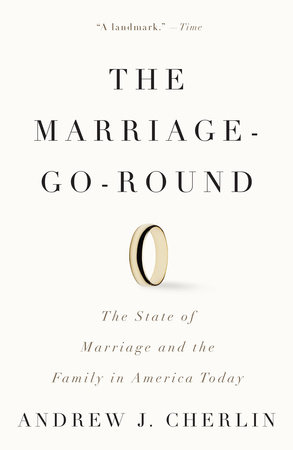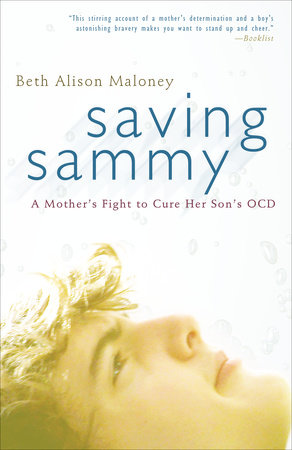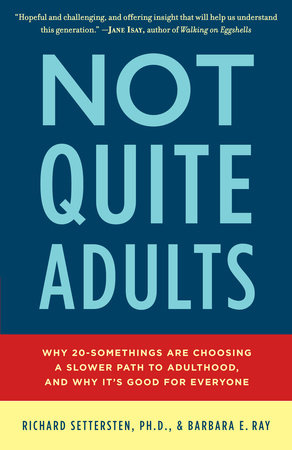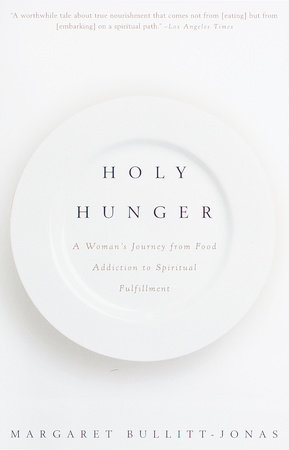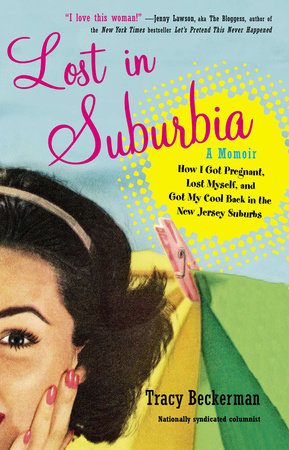Q: What led you to write THE MARRIAGE-GO-ROUND?
A: I had the sense that American marriage and family life differed fundamentally from the other Western countries—Western Europe, Canada, Australia, New Zealand—in a way no one was writing about. Some observers have focused on changes in marriage, others on divorce, and others on non-marital births. But I realized that you have to look at the whole picture—all of these aspects together—to appreciate what was happening. We have more marriages and remarriages, more divorces, and more short-term cohabiting (living together) relationships than the other countries. Put them together and you have more turnover, more movement in and out of relationships than anywhere else. As a result, Americans have more spouses and live-in partners over the course of their lives than do people in any other Western country. We step on and off the carousel of marriages and partnerships faster than anywhere else.
Q: You were already well versed in the subject of marriage in America, as you have been studying families and public policy for much of your career. Did any of your discoveries surprise you as you wrote THE MARRIAGE-GO-ROUND?
A: I knew that our divorce rate was higher than in other countries, but I didn’t realize how much higher than even in supposedly vanguard countries such as Sweden. One statistic that stunned me: take two children, one growing up with married parents in the United States, and one growing up with unmarried parents in Sweden—which child has the higher likelihood of seeing his parents’ relationship break up? Answer: the American kid, because children living with married parents in the United States have a higher probability of experiencing a break-up than do children living with unmarried parents in Sweden. That’s how high our break-up rates are.
Q: One of the main trends THE MARRIAGE-GO-ROUND discusses is that Americans have more long-term partners than the rest of the western world. Why do you think this is?
A: I think the reason is the nature of American culture, which is unlike the culture of any other country when it comes to marriage and personal life. Americans believe in two contradictory ideals. The first is the importance of marriage: we are more marriage-oriented than most other Western countries. The second is the importance of living a personally fulfilling life that allows us to grow and develop as individuals—call it individualism. Now, you can find other countries that place a high value on marriage, such as Italy where most children are born to married couples and there are fewer cohabiting relationships. And you can find countries that place a high value on individualism, such as Sweden. But only in the United States do you find both. So we marry in large numbers—we have a higher marriage rate than most countries. But we evaluate our marriages according to how personally fulfilling we find them. And if we find them lacking, we are more likely to end them. Then, because it’s so important to be partnered, we move in with someone else, and the cycle starts all over again.
Also, we start and end cohabiting relationships at an even higher rate. If you are living with someone outside of marriage, and you are personally unhappy, you are supposed to end the relationship. Our cohabiting relationships are shorter than in any other country. It’s not as though some Americans value marriage and others value individualism. Rather, we carry both ideals in our heads and switch between them without even realizing it. These ideals have been part of American culture since the colonial era. The early New England settlers believed that marriage was the center of civil society; but they also believed in individual initiative and, unlike the Church of England or the Catholic Church, they allowed divorce.
Q: When single parents have multiple relationships, what effect does the repeated coupling, breaking up, and re-coupling have on their children?
A: American children face much more movement of parents and parent-figures in and out of their households than do children anywhere else. Take children who see three different fathers, stepfathers, and/or mother’s boyfriends in their homes by the time they are fifteen. The percentage of American children who live with thatmany partners is 8 percent, which is three times as high as the next highest country (Sweden at 2.6 percent). In Canada and many European countries, less than 1 percent of children experience that much family turnover. Most children can cope with this much movement of people in and out of their homes, but some of them can’t. They show more behavior problems, such as being disobedient or, for older children, skipping school. Not only can it be difficult for a child to deal with a parent moving out of the home, but it can also be difficult to deal with the mother’s new boyfriend moving into the home. The new man may take some of the mother’s attention away from the child, and he may not invest much time and effort in caring for the child. We know that children living with remarried parents do not have a higher level of well-being than do children in single-parent families, despite the presence of a second adult. And children residing with a parent who is just cohabiting with a partner may have the lowest well-being of all.
In other words, the lack of stability, the number of transitions they have to adjust to, may not be good for kids. I would guess that children who live with a single parent who quickly re-partners but soon ends the partnership are often worse off than children who live with a single parent who remains single.
Q: Single parents now abound. Some women now choose to become mothers without mates; more still find themselves raising their children alone as their partners opt out of parenting (or take a much smaller role.) It’s well known that about half of all couples who marry end up divorcing. Is marriage still practical or necessary? Why is it still so common?
Fifty years ago you had to be married to be a respectable adult in the United States. Today, marriage is optional—you can get most of your emotional and economic needs by living with a partner—and single parents can also get by. But oddly enough, marriage is, if anything, more important than ever to people as a symbol of having made it in life—of having a successful personal life. Most young Americans still want to get married, but they do it onlywhen all the other steps to adulthood are in place—when they have completed their education, when they and their partners have jobs, when they have saved up enough for a down payment on a house, or even have had children together. Marriage used to be the first step into adulthood, but now it is the last. It’s the capstone of personal life—the final brick put in after all the others are in place.
So marriage is still important, but in a different way than in the past. It’s a symbol of personal achievement—the ultimate merit badge, the marriage badge.
Q: Why is same-sex marriage so debated in the United States? How does this compare to other countries?
A: Same-sex marriage has been more of a battleground in the United States than in most other countries because marriage is more important to Americans than to people in other countries. Same-sex marriage is sometimes portrayed as a legal rights issue—the right to file taxes together, visit partners in the hospital, etc. Those rights are important, but that’s not the main issue. If the fight were only about legal rights, then civil unions would be sufficient. They are not sufficient to gay and lesbian activists in the United States because of the great prestige of marriage. The real issue is symbolic: who gets to wear the marriage badge. In some European countries, gay and lesbian activists are asking instead: why, at this late date, should we buy into the oppressive, archaic institution of marriage? But in the United States many advocates say that only a marriage ring guarantees first-class citizenship. And they are right, because marriage matters more here than elsewhere.
Q: How has globalization (and the resulting shifts in employment in the US) affected family life and marriage? What (if any) effects do you anticipate as a result of the current economic meltdown?
A: Globalization has caused the loss of the kinds of jobs that a person could do without a college education, such as working on the assembly line at a factory. As a result, fewer young non-college educated men feel that they have the kind of decent-paying steady jobs that could help support a family. They are less likely to think that they have the earning power to get married, and their girlfriends agree with them. What we have seen, then, is a decline of marriage among blue-collar Americans and the rise of two-parent, cohabiting relationships where the partners have children together but are postponing marriage. These partnerships have a high risk of breaking up. I think that’s why we see more multiple partnerships among the working class than among any other group. Blue collar men and women are still trying to marry, to live the American dream, so they start more partnerships, and eventually enter into more marriages, but many of these relationships fail.
The current recession is only going to make this problem worse. Unemployment rates have risen the most for younger workers because firms can more easily let them go. As the job market for young, blue-collar workers crumbles, we will see less marriage and more cohabitation.
Q: It appears the Obama administration hasn’t decided whether they’ll continue the $5 million media campaign to promote marriage. Are they sending the right message and ultimately improving family life?
A: Marriage is important. But “get married” should not be our sole message to Americans. We should spend less time promoting marriage and more time supporting stable caregiving in children’s lives. The two are not the same. Let me explain: I agree that it makes sense to help young unmarried couples who have just had a child together get married if that is their goal. But it makes less sense to encourage a single mother to remarry because she probably won’t marry the father of her children—who she has already broken up with—but rather some other man.We know that the new stepfamily that would be formed would not improve the lives of children. And if that family breaks up, the children would be forced to adjust to yet another change in their households. So I urge us to supplement the “get married” message with another message: “slow down.” See the traffic light of singlehood as yellow rather than green. Don’t rush into having children with a boyfriend/girlfriend or a partner you’ve recently started living with. If you are already single and raising children, choose your next live-in partner or spouse carefully. Introduce your partner gradually to your kids; and don’t try to make him an instant parent.
Q: Why is this message to “slow down” so important when it comes to relationships and longterm partnerships?
A: Because I am convinced that it would be in the best interest of American children. Most children are resilient and can adjust to what life brings them. Most will do OK if they face a series of exits and entrances of adults into their households. But having three or four changes in who is living with you seems to raise the risk of unwanted effects such as behavior problems. If it were your child, you might not want to raise that risk, even if it’s still likely that your child would do all right. That’s why I think the “slow down” message is important.
